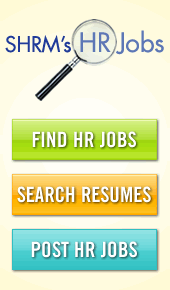Human Resources and Business Strategy
In our last post we addressed some of the things a Human Resources department does every day. We discussed things such as employment law compliance, benefit management, and recruitment. For the next few blog posts we’re going to dive deeper into the subjects we discussed. For our first deep-dive, we’ll talk about how an HR department can affect business strategy.
Strategic vs Tactical
You have almost certainly heard the words “strategic” and “tactical” a few times. But what do they actually mean? Well for the rest of this post to make sense we should agree on our understanding of these words, so let’s take a moment and discuss them. Strategy is one of a company’s defining factors. Ideas about where an organization is, where they want to go, and what steps need to happen in order to get there are decided in the organizations’ strategy. Tactical things focus more on how an initiative would get accomplished.
Put simply, strategy focuses on the bigger picture while tactical initiatives determine how the strategy will be accomplished. Think of it like this; if you are putting together a puzzle, the picture itself would be represented in strategy while the individual pieces would be represented in the tactical functions of a company.
So how does HR affect the strategy of a business?
Think about all the pieces of the puzzle HR touches every day. HR typically handles things like policies, procedures, disciplinary action, 401k plans, medical insurance plans, payroll, pay scales, training, legal compliance, and so much more. Each of these functions are tactical in their own right. However, when viewed systemically their strategic value becomes apparent. Everything Human Resources does impacts what Anne Mulcahy called a company’s greatest asset and even its competitive advantage: The people who work for the organization.
Think about big problems HR can solve that directly affect the company’s human capital. Is there a high turnover at your organization? Ask why. Put out an employee survey, conduct exit interviews, analyze which departments are losing the most employees. These are the actions that turn tactical functions into strategic opportunities.
Are there any departments that are underperforming? Again, ask why. It could easily be a problem with your recruiting strategy. Sit down with the department manager and find out what knowledge, skills, and abilities their department is missing. Then go and find that person. Cater your employment tactics to that need and bring in the right team member.
The Challenge
I challenge you to be a strategically-minded human resources professional. Go out into your organization and find ways to impact the big picture at your organization. Think about human capital problems your organization is facing and brainstorm some solutions. Link your day to day job with the larger picture of the company and you will see returns.




